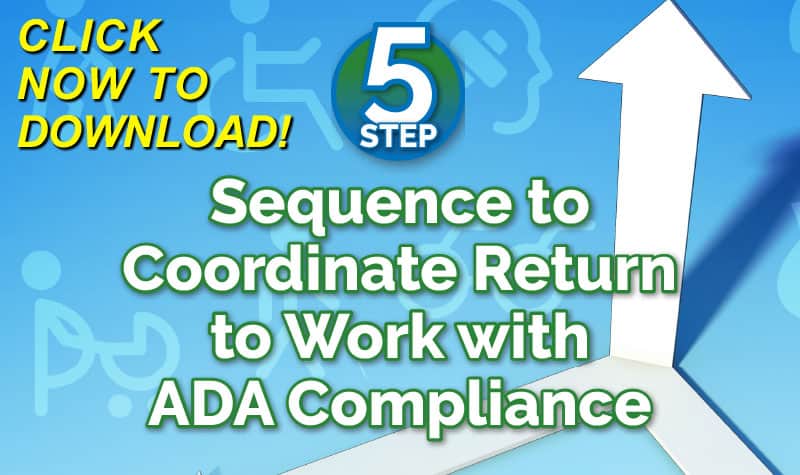
Withdrawal from the Labor Market
Employees seeking PTD benefits must stay within the labor market to mitigate losses. One defense that needs to be examined is whether the employee has withdrawn from the labor market. When examining this decision, there are several aspects of how the employee changes their economic position following the work injury:
- Moving within or to another state: There are various factors to consider when analyzing an employee’s move. When an employee moves within a jurisdiction, there can be an impact on their ability to find work or pay scales within the new location.
- Continued job search efforts following a move: While a diligent job search is not necessarily required, it is worth analyzing what steps an employee took following a move to seek employment. Require the employee to provide documentation of all job search efforts.
- Obtain information surrounding the circumstances of the move: Defense interests must obtain information about the reasons for a move. Obtaining this information can lead to additional defenses, such as retirement or for personal reasons.
Successful use of a defense related to withdrawing from the labor market is fact-dependent. Never be afraid to ask tough questions and peel back the layers to obtain information.
Click Link to Access Free PDF Download
“8 ‘Think Outside the Box’ Tactics to Settle Workers’ Comp Claims”
Declining a Job Offer
Proactive employers and defense interests should take proactive steps to create a meaningful position for the injured employee to reduce workers’ compensation program costs. These issues are fact-dependent and driven by statute, rule, and case law interpretations within each jurisdiction.
- Review the vocational rehabilitation plan and the steps the employee is required to perform. Never discount the opportunity for the employee to return to the date of injury to the employer. Ensure this is a requirement in all Plans.
- Review the proposed job offer internally within the employer and defense team. Ensure the job offer is written and delivered to the employee or their attorney if represented, and include the vocational consultant assigned to the employee. Never be afraid to seek input.
- Review the written job offer to ensure it is meaningful. An employee who performs a pre-injury job interacting with others will likely not be interested in working a desk job with limited human interaction.
Part of the process should also include the review of the job offer with a vocational expert. Considerations of this review should include whether it is realistic and within the restrictions the treating doctor assigns.
Consider Vocational Retraining
Retraining is a dirty word in workers’ compensation, given the expenses associated with the process. When faced with a costly PTD claim, it may be advantageous to consider the options presented by a retraining plan.
- Evaluate the various options. A retraining plan does not necessarily require a four-year college degree. Examine options available to an employee at a trade school or two-year program.
- Evaluate the willingness of the employee to participate in retraining. Failure of the employee to consider these options can be used as a defense to PTD benefits.
More employers are reconsidering the necessity of a four-year college degree when hiring employees. Use this trend to your advantage.
Retirement Defense
The retirement defense is the final option to consider when defending PTD claims. Most jurisdictions have implemented this defense as a bar or cap to extended periods of PTD benefits. Generally, these presumptions of retirement are at age 67.
Conclusions
It is crucial to be aggressive when defending PTD claims. They are expensive in the long run and can challenge workers’ compensation programs seeking to reduce program costs.
There are many defenses to these claims to consider. It starts with the employee’s efforts to find a job within a diligent job search. Other areas to consider include a possible withdrawal from the labor market, declining a job offer, or retirement. Evaluation of all these defenses requires cooperation and coordination between the insurance carrier, employer, defense experts, and legal counsel. Now is the time to consider these when defending these troublesome claims.

Contact: mstack@reduceyourworkerscomp.com.
Workers’ Comp Roundup Blog: http://blog.reduceyourworkerscomp.com/
Injury Management Results (IMR) Software: https://imrsoftware.com/
©2024 Amaxx LLC. All rights reserved under International Copyright Law.
Do not use this information without independent verification. All state laws vary. You should consult with your insurance broker, attorney, or qualified professional.








